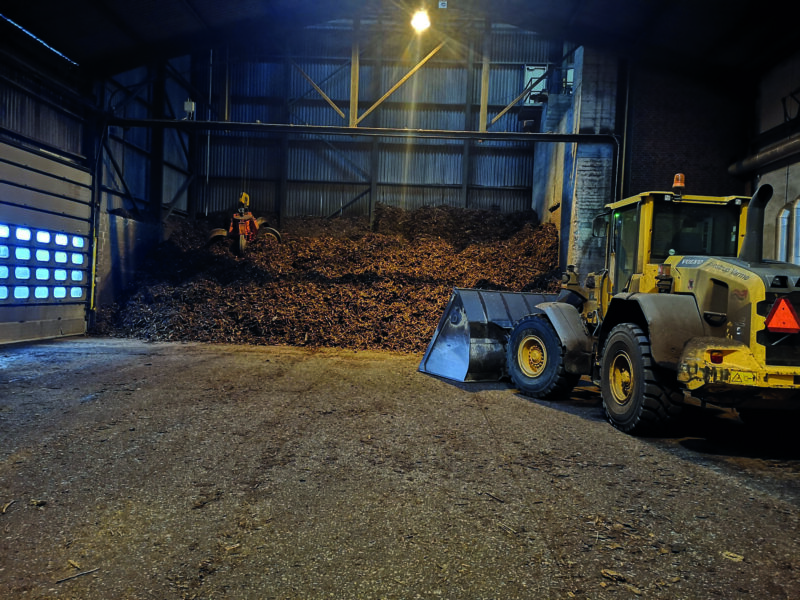Solution provider

Case
District energy
District heating


Add the case to your visit request and let us know that you are interested in visiting Denmark
Digitalisation of Water and Heating Consumption Data.
In 2014, Aalestrup Varme and Aalestrup Vand entered into a contract with Kamstrup on a three-year project to replace all energy meters. Subsequently, the Aalestrup and AN Energi heating plants merged, and a similar system was quickly established at AN Energi in the northern part of Jutland, Denmark.
The heating plant already had a ‘drive-by’ solution, and the waterworks used meters that remotely read data from consumers once a year. We decided to ask local plumbing companies for estimates for meter replacement. The plumber was to change both the water and heat meter when he was at the house. The heating plant would also cover the cost of a quick service inspection
by the plumber of the consumer’s installation. The plumbing company had three years to complete the project, which could be carried out when the company had free slots in its schedule. The project could therefore be completed at a relatively low cost.
Much of the hassle and expense of reading meters manually is related to accessing the property. The board therefore decided the time had come for a change, as the majority of batteries in existing heat meters were worn out. The board wanted processes to be technologically up to date after such an investment. They therefore settled on the manufacturer’s best two-flow heat meter, which made it possible also to monitor for any leakages in individual households.
Aalestrup has now been using the new system for a while and is very happy with it. There is a huge potential in exploiting the ability to read meters remotely, and there are constant new developments. As purchasing licences is relatively expensive, and as it requires many working hours to get the most out of the systems, not all options are currently relevant. However, some of the benefits, achievable by most, are:
It is very helpful to be able to provide documented data, especially when consumers think their supply temperature is too low.
Alarm notifications from both water and heat meters in the event of water losses or water penetration are available. The alarm notifications are particularly helpful for water meters. Damaged heating installations seem to be rarer. The two flows have not quite met expectations, especially because only alarm notifications are recorded and not the associated flow on both flow meters. This can cause difficulty identifying the cause of the alarms.
When Nørarger needs to repair main pipes, the company exploits their ability to identify the maximum consumption level, especially at large consumers/companies, where rules of thumb are less exact. Nørarger corrects supply temperatures manually based on temperature measurements at consumer households. Budgetary follow up and accrual calculations have become much easier and less time consuming. There are also a large number of smaller fires that can be put out; fires that Nørarger had not predicted. This also means that, although cost reductions may not have been achieved, it has become possible to provide far better customer service using the same resources, and unnecessary call-outs have also been reduced.